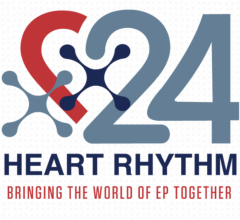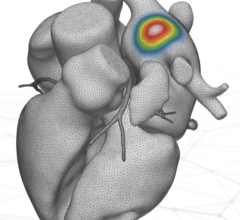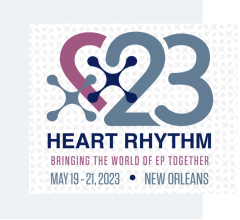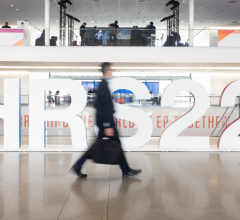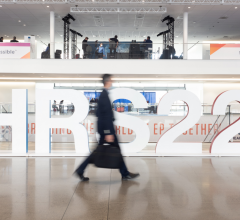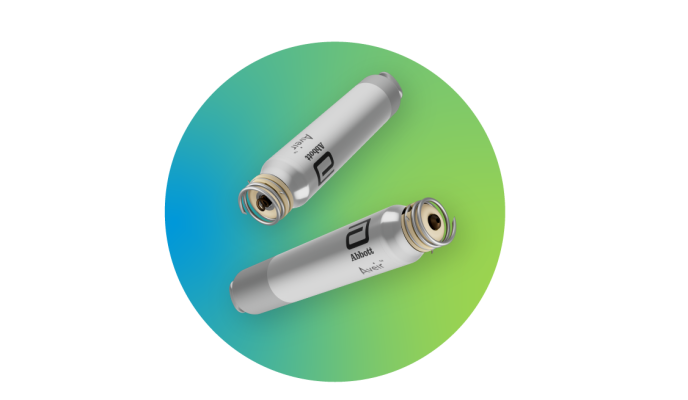
May 25, 2023 — Abbott announced late-breaking results from the AVEIR dual-chamber (DR) i2i Investigational Device Exemption (IDE) study, a large-scale study to assess the world's first dual-chamber leadless pacemaker, showing that the leadless pacemaker met its three prespecified primary endpoints for safety and performance. The data further suggests that AVEIR DR could offer new benefits for people with slower-than-normal heart rhythms.
The results are being presented during a late-breaking clinical trial session at the Heart Rhythm Society's (HRS) 44th annual meeting in New Orleans, (May 19-21, 2023), and simultaneously published in The New England Journal of Medicine. The data has been provided to the U.S. Food and Drug Administration (FDA) as part of Abbott's submission for approval of the AVEIR DR device.
People who experience a slower-than-normal heart rate have traditionally received a pacemaker, which is a small battery-powered device implanted underneath the skin in the chest. The device delivers electrical impulses directly to the heart muscle via thin insulated wires, known as cardiac leads, to restore a normal heart rhythm. Unlike traditional pacemakers, leadless pacemakers are implanted directly into the heart through a minimally invasive, catheter-based procedure. This eliminates the need for cardiac leads and a pulse generator under the skin.
While many people require pacing and sensing in both the right atrium and the right ventricle, currently available leadless pacing options have been limited to single-chamber ventricular devices because seamless, wireless synchronization of two leadless pacemakers has been a significant technological challenge.
"The vast majority of people needing a pacemaker require a dual-chamber pacemaker and would greatly benefit from a leadless device – but we've simply never had that option due to engineering challenges," said Reinoud E. Knops, M.D., Ph.D., professor of medicine, Amsterdam University Medical Center, Netherlands, and co-principal investigator of the AVEIR DR i2i IDE study. "Data from the AVEIR DR i2i study show that Abbott has designed a groundbreaking technology for seamless communication between two leadless pacemakers, and that AVEIR DR can deliver appropriate therapy safely, opening up a future treatment option for more people with abnormal heart rhythms."
Abbott designed the AVEIR DR leadless pacemaker – the DR denoting dual-chamber rate response – with a first-of-its-kind i2i (implant-to-implant) technology, with the goal of providing beat-to-beat communication and synchrony between two leadless pacemakers, a necessary foundation of dual-chamber leadless pacing therapy. Unlike other leadless pacemakers, this system allows the two devices to communicate with each other — sensing for delayed or missed heartbeat and then pacing the appropriate chamber of the heart.
In addition, Abbott's AVEIR leadless devices utilize specially designed attachment mechanisms that allow retrieval of the pacemakers when changes in therapy are needed. In the AVEIR DR i2i IDE study, physicians successfully implanted leadless pacemakers in the right atrium along with a leadless device implanted in the right ventricle for the first time.
Late-Breaking Data from the AVEIR DR i2i IDE Study
Under the AVEIR DR i2i IDE study, primary safety and efficacy endpoints were analyzed in the first 300 people enrolled across 55 centers in the United States, Canada and Europe. The design goals of AVEIR DR1 include technologies to regulate the heart rate synchronously and continuously between both chambers that enable true dual-chamber leadless pacing.
Results of the AVEIR DR i2i IDE study through three-months post-implant showed:
- Physicians demonstrated a 98.3% implant success rate.
- Safety endpoint evaluating freedom from device or procedure complications was achieved.
- More than 97% of people had successful atrio-ventricular (AV) synchrony, so that the upper and lower chambers were beating normally, despite different types of underlying slow heart rhythms.
- The average AV synchrony was more than 95% in each of seven different posture and walking speeds, demonstrating the system will function appropriately during everyday life activities.
"For the first time, the AVEIR DR i2i study has shown that a dual-chamber leadless pacing device is not only possible but can meet the rigors of everyday needs of pacing therapy," said Randel Woodgrift, senior vice president of Abbott's cardiac rhythm management business. "The results of the AVEIR DR study are a strong indicator that the AVEIR dual-chamber pacemakers can offer new options so that physicians can treat a broader group of people that need pacemaker therapies. "
About the AVEIR DR i2i IDE Study
The objective of the AVEIR DR i2i IDE study is to demonstrate that the AVEIR DR leadless pacemaker is safe and effective for people who experience a slower-than-normal or irregular heart rate and may receive a dual-chamber pacemaker to help restore a more normal heart rate. The AVEIR DR i2i IDE study is a prospective, multi-center, international, single-arm, pivotal investigational study.
Behind the AVEIR Technology
Smaller than a AAA battery, the AVEIR leadless pacemaker is implanted via a minimally invasive procedure, the device attaches to the heart's interior wall with a screw-in mechanism, known as a helix, that allows for the leadless pacemaker to be retrieved should therapy needs evolve or if the device needs to be replaced in the future. The ventricular and atrial leadless devices are also designed to provide real-time mapping capability so physicians can assess proper placement of the device before it is implanted. The novel i2i communication technology provides synchronized or coordinated cardiac pacing between two leadless pacemakers based on the person's beat-to-beat clinical needs. The AVEIR system is modular, such that a single device can be implanted in a heart chamber initially, and the second pacemaker added to the other heart chamber in the future should the clinical need arise. AVEIR leadless pacemakers are designed for retrieval, should therapy needs change in the future. The device design specifications are subject to change pending regulatory review.
For more information: www.abbott.com
Abbott Receives FDA Approval for Aveir VR Leadless Pacemaker System

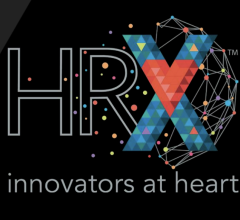
 July 30, 2024
July 30, 2024 
